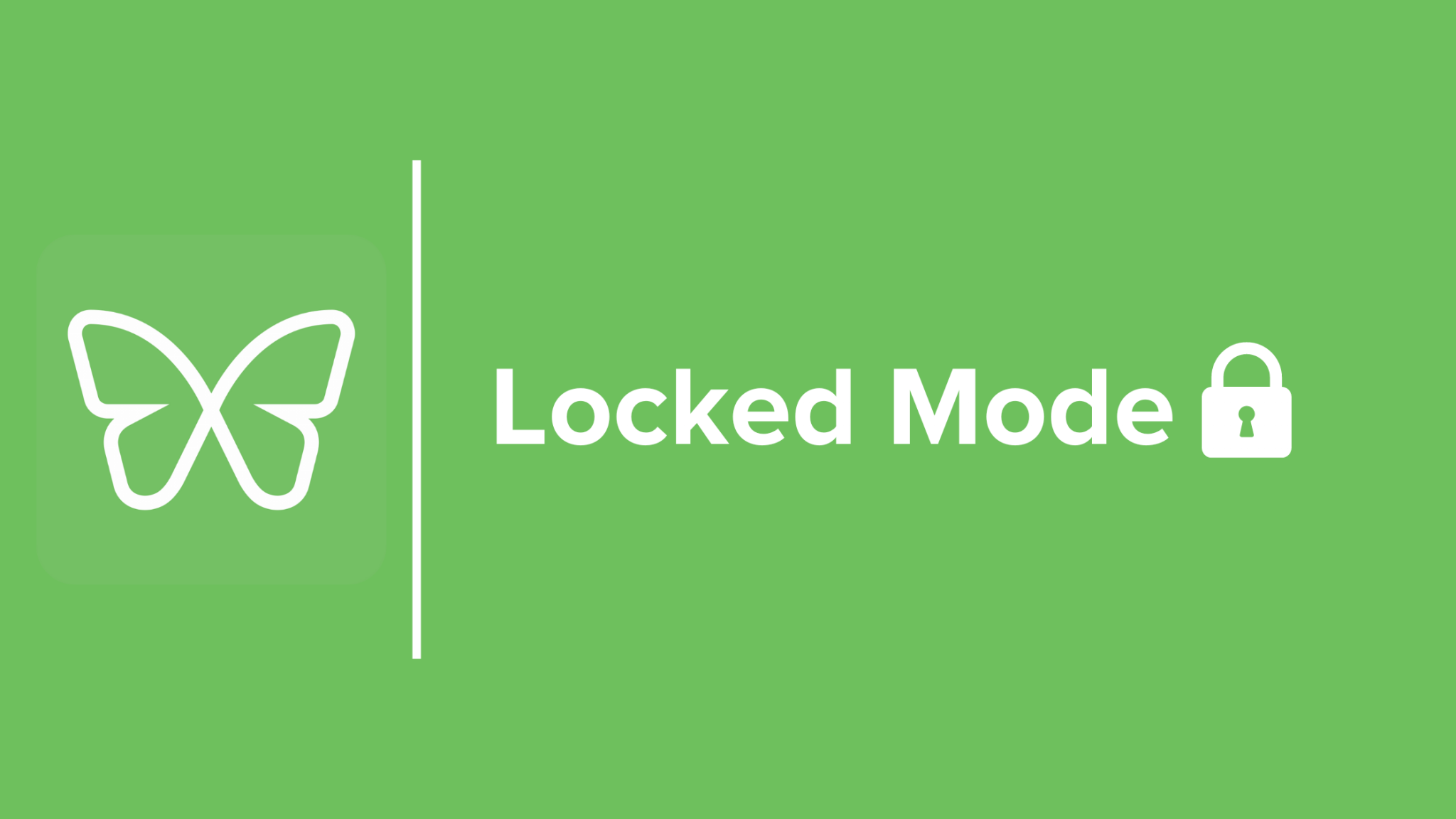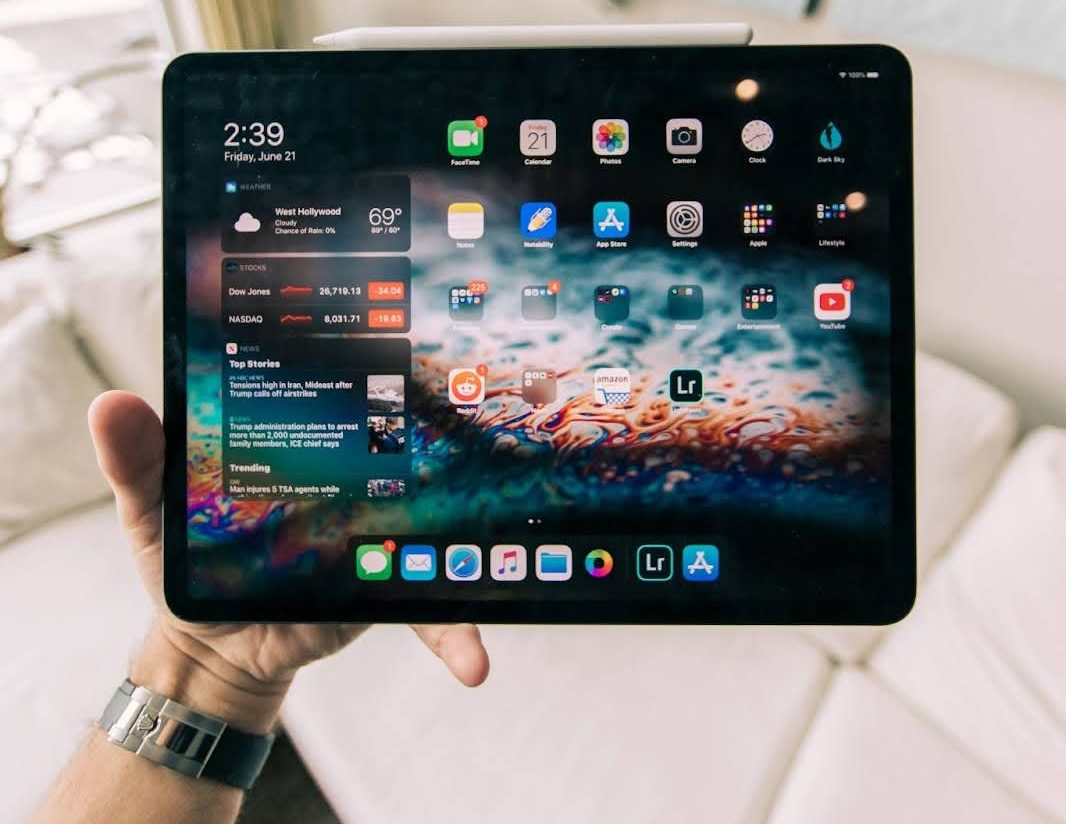Generative AI: How to Use It To Be Productive…But Not Lose Your Soul (Part 1)

There’s been much talk about AI, ChatGPT, and the tensions between human and machine creation—so much so that yet another blog series may trigger an eyeroll.
But if there’s one reason this series is worth reading, it’s this: There are ways to understand and use AI production tools that boost your own productivity without losing the humanity and creativity that makes thinking, writing, and creating intrinsically meaningful.
That’s what we’re going to talk about in this three-part series. Let’s dive in.
What is generative AI?
Generative AI refers to a type of artificial intelligence capable of creating and producing new data or content. It’s a subset of AI that involves using algorithms to generate new, original, content that seems like it was created by humans.
Over the past couple of years, generative AI has been creating art, music, or even writing articles. Unlike other types of AI that rely on existing data to make predictions or provide an analysis or summary of said data, generative AI is capable of producing content that’s almost as fresh and original as human-created content.
In creative work, creativity and emotional elements play a crucial role. Creativity is the foundation of all art, design, and innovation. Creativity is what gives us that urge to strive for something better, something greater than what’s before us, bring something new, daring, and original into this world, and come up with unique solutions to problems. Emotional elements help to connect with the audience on a deeper level. Empathy, humor, and storytelling can evoke powerful emotions, creating emotional rapport between even strangers. Together, creativity and emotional elements can create truly impactful and memorable works of art and design.
While generative AI can be a powerful tool for enhancing creativity and productivity, its limitations in understanding human emotions and conversations may inhibit people from creating their best and most original work, as well as perhaps weaken our “creative muscle” over time through overuse or over reliance.
The Impact of Generative AI on Creativity and Productivity
Let’s take a close-up look at some of the powerful generative AI tools out there right now, and how they’re impacting the world around us—especially when it comes to creative, productive pursuits.
IBM Watson’s Chef Watson
IBM Watson’s Chef Watson generates recipes by utilizing ingredient combinations and advanced cooking techniques. Thanks to its virtually unlimited creative “mind”, Chef Watson provides a unique culinary experience and discovers new flavor combinations that have never been tasted before. This AI-powered chef can also personalize recipes according to an individual’s dietary restrictions, preferences, and cooking skills, using user-provided inputs and prompts. With Chef Watson’s assistance, anyone can become a master chef and take their cooking skills to a whole new level through “cognitive cooking”.
OpenAI’s GPT-3 Language Generation Model
ChatGPT has been getting famous the past year—to say the least. OpenAI’s GPT-3, a state-of-the-art language generation model that uses deep learning techniques to generate human-like text, is what makes ChatGPT possible. Pre-trained on a massive amount of text data, GPT-3 has the ability to generate high-quality natural language in a variety of styles and formats, and can be used to write articles, emails, chatbot responses and much more. The writing it produces (examples here!) isn’t quite decipherable from human-written text. GPT-3 has been praised for its ability to generate coherent and accurate text, and for its potential applications in education, business, and journalism.
GPT-4, the next step-up from the GPT-3.5 model, is 10 times more powerful than its predecessor. With a greater sense of linguistic finesse, a smoother ability to synthesize and cite sources into a well-researched essay, and reduced instances of misunderstanding and bias, GPT-4 creates and exhibits human-level performance in various fields.
Microsoft’s AI-Powered Bing and Edge
The new Bing and Edge are the co-pilots for the web. Microsoft has unified search, browse, and chat into one experience, bringing a better search experience with more relevant results, complete answers, an interactive chat experience, and creative sparks. Bing reviews results from multiple sources and summarises the answer, so the user gets detailed instructions whether they’re looking for a recipe, planning a detailed trip itinerary, researching what TV to buy, or getting creative content for an email, job interview, or quiz. The new Edge browser gives you AI capabilities, giving the user the power to access key takeaways and comparisons of financial reports, compose LinkedIn posts, or update the length and format of a post all within the browser.
Other Creative Generative AI
- GANs (Generative Adversarial Networks): GANs generate synthetic data such as images, video, and audio by pitting two neural networks against each other: one generates fake data, while the other tries to detect whether it’s real or fake. Over time, the generator gets better at creating convincing fakes, and the discriminator gets better at telling real from fake.
- Neural Style Transfer: Neural style transfer is a technique that can, for example, take a photo of a landscape and make it look like a painting, or a sketch. This technique works by training a neural network to recognize the style of a particular image, and then applying that style to a different image. Neural style transfer has been used in creating digital art, and even generating fashion designs.
- Magenta: Magenta is a Google project that uses machine learning to create new music and art. It includes a range of models and tools for generating music—that includes a drum machine, a melody generator, and a tool for harmonizing melodies. Magenta can also generate images and animations using a similar approach.
- DALL-E 2: DALL-E 2 is an AI model developed by OpenAI that generates unique and creative images from textual descriptions. A neural network gets trained on a large dataset of images and their corresponding descriptions, and then uses that network to generate new images based on textual descriptions. The images it generates are often surreal and imaginative, and can include things like animals wearing clothes or household objects made out of food.
Benefits of Generative AI
Generative AI is more than just automated workflows and personalized Pomodoro timers. That’s all well and good. Why should we care about it, though—what good can AI be to creative knowledge workers?
Expanding thinking
By using complex algorithms and data analysis, generative AI can generate creative solutions to complex problems that may have been overlooked or not considered before. Overlooking some of the more laughable AI-generated business names after putting in a prompt and punching “enter”, machine-guided creativity opens us up to explore and experiment with new ideas, pushing the boundaries of what we thought was possible.
Exploring new possibilities
By analyzing large and diverse datasets—much, much more than what a single human brain can consume, hold, analyze, and recall on-demand—generative AI can create unique and innovative solutions to problems, leading to new discoveries and advancements. This technology can also help us to identify patterns and trends in data that may have gone unnoticed, opening the door to insights and opportunities for growth.
Accelerating innovation
Automating certain processes and using machine learning to streamline workflows helps researchers and developers—even writers and artists—move more quickly through the ideation and prototyping phases of a project. In this way, generative AI may assist creators toward faster product development, improved efficiency, and increased competitiveness in the market.
Enhancing creativity
Generative AI enhances creativity by providing inspiration and new ideas to artists, designers, and other creative professionals. By analyzing a vast array of existing works and generating unique designs, artwork, and music, this technology may help creatives break through creative blocks and provide a fresh perspective on projects, leading to more innovative and exciting results. In short, generative AI has the potential to transform the creative industries and push the limits of human imagination.
With more and more data being generated every day, the possibilities of what can be accomplished with generative AI are virtually limitless.
AI’s Limitations in Understanding Human Emotions, Humor, and Conversations

Generative AI has made impressive strides in recent years, but there are still areas where it falls short.
One major challenge for our machine counterparts (as far as creation and thinking goes) is the inability to understand and accurately replicate human emotions, humor, and conversational quality.
While AI can mimic human speech to some degree, it often lacks the nuance and subtlety that is critical for effective communication. As a result, it is still far from being a true replacement for human interactions. Despite these limitations, AI researchers are working tirelessly to improve these capabilities and create more sophisticated and human-like systems.
Human Emotions
Generative AI models struggle to understand human emotions due to their subjective nature. (Largely due to the fact, of course, that machines cannot feel for themselves.)
While models can learn to recognize certain emotions based on facial expressions or text sentiment analysis, they may not be able to fully grasp the complexity of emotions in a given context. There’s also been some study on AI’s emotional bias as it analyzes or responds to an individual. This can lead to inappropriate or insensitive responses to prompts given to them by human users, or misunderstandings due to cultural and gender differences when it comes to expressing emotions.
Humor
Humor is difficult for generative AI to understand as it often relies on cultural references, sarcasm, and irony. Granted, many successful comedy writers craft rolling-on-the-floor jokes following a formula—something a machine does exceptionally well. But without a deeper knowledge of human culture and language nuances, generative AI may generate jokes and punchlines that miss the mark or come off as inappropriate.
Contextual Understanding
Generative AI models struggle to understand the nuances of context in a conversation. Because it operates within a narrow context, AI-generated content often misses the larger picture of a given message or topic apparent to humans. They may take certain words or phrases out of context, leading to misinterpretations or misunderstandings.
With the increasing use of AI in language generation, there’s a growing concern about the lack of human connection and emotional depth in the generated text. As the algorithms continue to improve, there may come a time when it becomes difficult to distinguish between human-generated text and AI-generated text.
Test yourself: Was the paragraph immediately above written by a human, or by a bot? (Answer’s at the bottom of the post.)*
Other Limitations
As powerful as generative AI has become, it still lacks the nuance and complexity that come naturally to human-created work, besides what we’ve already covered. This includes:
- Limited Understanding of Language: Generative AI does not have a full understanding of language and relies on statistical patterns to create output, resulting in work that may be grammatically correct while lacking the depth and complexity of human-created work.
- Inability to Incorporate Life Experiences: Generative AI lacks the life experiences that inform human-created work, such as cultural background, personal history, and social context. This limits its ability to create work that resonates with human audiences.
- Limited Vocabulary: Finally, the limited vocabulary of generative AI engines can lead to repetitive and simplistic language that lacks the depth and richness of human expression, making the prose itself one of the key ways to spot AI-created content. With AI-driven writing software, there are no powerful first sentences like “Call me Ishmael” from Moby Dick, or the legendary paragraph opening Charles Dickens A Tale of Two Cities.
With these limitations in mind, it’s still important to acknowledge that generative AI has potential to minimize human effort and accelerate the production of certain types of content, such as images, text, and sound.
Given that, however, it’s on us to understand these limitations, avoid over-reliance on AI, and ensure that the work we produce—with AI’s help or not—is of high quality and relevance to those we’re sharing the content with.
As with any tool, generative AI isn’t inherently good or evil—it’s up to us humans to make sure it’s used in a responsible and effective manner.
Overcoming the Negative Impact of Generative AI
As knowledge workers exploring the world of AI creation and productivity tools, we might be tempted to rely heavily on generative AI to get things done. (Trust me—I know what that feels like.)
While AI can certainly be useful, it can become more of a hindrance than a help if you allow it to replace yourself—your abilities, mind, and soul, the “you” who creates original and valuable work.
That’s why we suggest the following points to keep in mind as you traverse the heady maze of a tech-guided creative process:
- Understand its limitations: AI can generate text, but it can’t guarantee its accuracy or understand context as well as a human. If you do decide to use AI to create first drafts or article outlines, be sure to do your own research, edit the text yourself, and use it to produce your best work—not do your work for you.
- Set clear goals for its use: Decide what tasks you want AI to help you with, and when you’ll use it as opposed to doing things manually. Then stick to that schedule and to-do list.
- Monitor its results: Keep an eye on the quality of the output and adjust your approach (such as the phrasing of prompts) if necessary.
- Be aware of ethical concerns: Make sure your use of AI aligns with ethical guidelines and doesn’t harm others or perpetuate biases.
- Don’t over-rely on AI: Remember that AI should be a tool to assist you, not replace you. Use it in combination with your own skills and expertise to achieve the best results.
Mindful use of generative AI in your creative work
As a creative professional considering integrating generative AI into your professional or even personal work, it’s important to do so in a mindful way. Here are some strategies to consider:
- Choose the right tools: Select tools that align with your creative goals and provide the level of control you need.
- Embrace AI as a collaborator: Rather than using AI to replace your input, view it as a partner that can provide new insights and creative inspiration.
- Use AI as a starting point: Generate ideas with AI, but then bring your own creativity to the mix to refine and enhance them
- Continually experiment and learn: Test different approaches and learn from the results to improve your use of AI over time.
- Collaborate with other professionals: Work with other professionals to learn and share new insights and techniques for using generative AI in creative work.
- Stay up-to-date with developments: Keep tabs on new advancements in AI technology and how they might be incorporated into your creative process.
By incorporating generative AI mindfully into your workflow, you can expand your creative potential and achieve new levels of innovation in your work.
But what about deep work, human creativity, and the impact of artificial intelligence on our original thoughts as creators? That’s what we’d address in Part 2 of this article series. Keep an eye out for the next one!
*Answer: A trick question. It was written by AI-driven software, then edited by a human writer.


